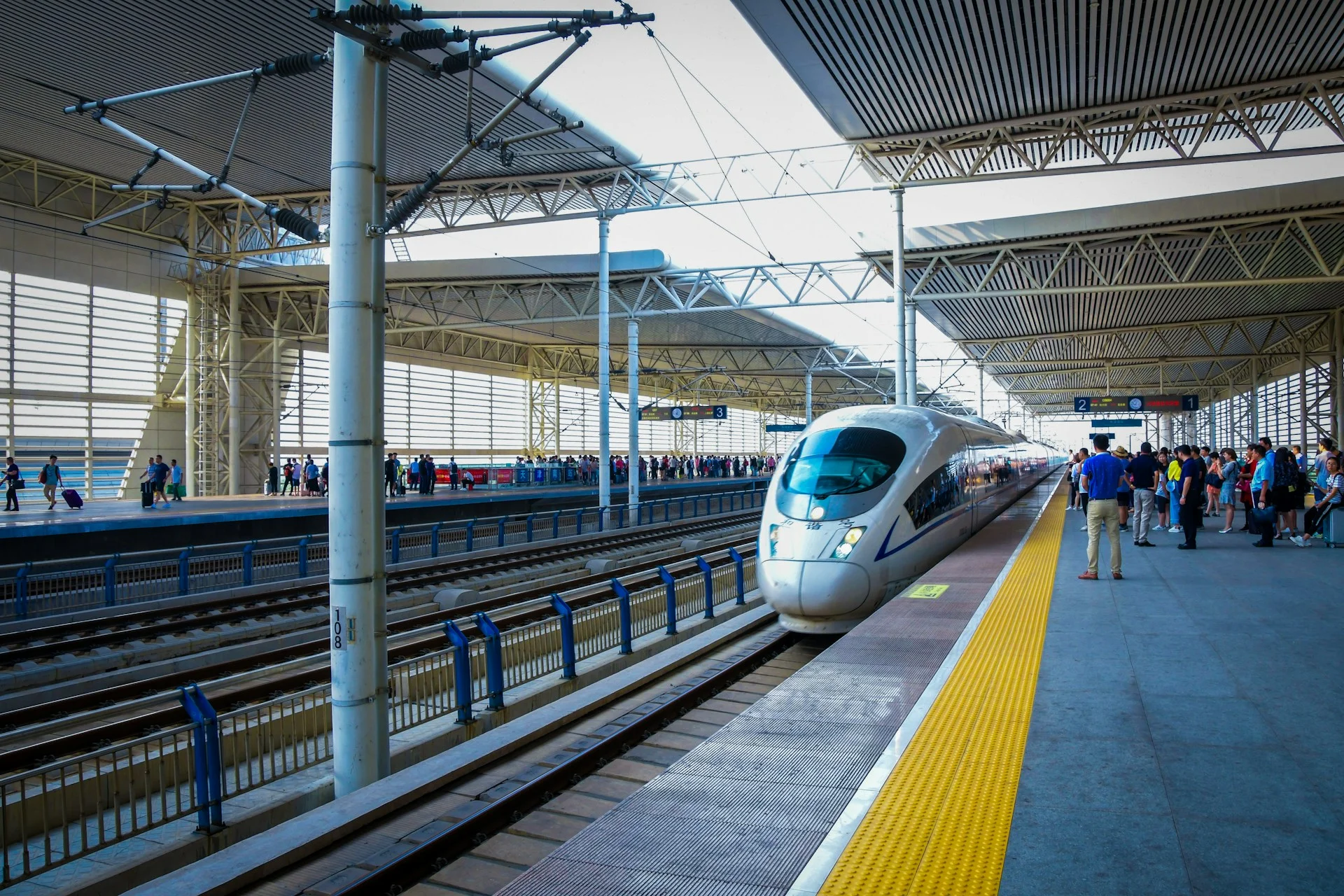The Emergence of Autonomous Rail Travel in Japan
Japan is planning to try out driverless bullet trains by 2028, inching closer to a new frontier in its already advanced travel scheme. Just as the country has started seriously embracing automation and solving outstanding problems such as labor shortages, it’s now time to achieve sustainability. The fully automated trains would be the iconic Shinkansen of tomorrow, according to which, should everything go as planned, will be in operation in mid-2030s.
Shinkansen: A Heritage of Speed and Efficiency
The famous bullet trains, or Shinkansen, have been cutting through Japan at remarkable speeds since 1964 to offer fast and reliable service between the major urban centers. These trains capable of attaining a speed of up to 300 km/h (around 186 mph) revolutionized public transportation, which became synonymous with efficiency and groundbreaking technology. Apart from the new speed record, newer models of Shinkansen trains are designed to be fully electric and from a lighter material, so they are a lot greener and more energy saving.
To learn more about the existing fleet of Shinkansen, follow the link to: JR East.
Road to Automation: 2028 Test Runs
For example, Japan’s largest railway operator is planning to introduce fully autonomous Shinkansen trains by the middle of the 2030s. Routed reports claim the first prototype of the self-driving bullet train will hit the rails as early as 2028. The “Transformation 2027” framework for the project-JR East made these announcements when the program was introduced in 2018-sees the massive objective as being enabled through operations revitalization and further enhancing the sustainability of the company.
Second-degree automation” means that the bullet trains will initially be able to run and operate without a human interface but will have on board a driver, who will be in the cockpit and dealing with emergencies if something does go wrong. The initial test runs will be on the route between Nagaoka Station and Niigata Station Center.
Fully Autonomous Trains to Be Implemented by 2035 in Gradual Roll Out
The company running the railways wants to speed up its automation process. The company, JR East, will test “third-degree automation” in 2029 – at that point, trains will be completely automated and require no driver onboard. Only for the sake of assisting passengers or solving onboard problems will train staff be on hand. The train will itself be completely automated and navigated without human interference.
Fully automated “fourth-degree automation” is to be fully implemented between Tokyo and Niigata along the Joetsu Shinkansen line in mid-2030s. When this round of development is completed, Shinkansen trains will no longer have to have a human conductor or operator on board the train, a tremendous leap forward for the technology involved with railways. These fully automated trains will be able to run as fast as 275 km/h (170 mph).
Read more about JR East’s plans for future railways on The Japan Times.
Labor Shortages Decrease with Automation
Another key reason Japan is pushing toward the development of automatic train technology is its graying population. Japan has the oldest population in the world, with one in ten over the age of 80. Additionally, low birth rates have led to labor shortages in all industries, including transportation. The effects of these demographic issues are compounded by the fact that replacing human train operation with automated systems will help mitigate them, yet it will still maintain a high level of service in public transportation in Japan.
Moreover, the aforementioned trend of automation does not take a niche direction in the railway industry alone. Rather, nearly every industry in Japan has sought to meet the labor shortages with automated solutions, and some of the efforts go back as far as 2009. Thus, problems may finally be solved through automation long term without seismic shock to either the social or political landscape, like an overhaul of the immigration policy for instance.
For additional information on Japan’s population aging and labor issues, please visit The World Economic Forum.
Safety Issues and Technological Innovation
While there are so many advantages autonomous trains have provided, safety and dependability come as concerns. Especially in countries like the U.S., self-driving cars have always been met with skepticism but more so about tackling complicated and unpredictable traffic. However, with more appealing simplicity and even more lessened external variables, trains probably come as perfect candidates for automation.
JR East has centered its activities on the development of new railway technology, and the company promises that this new bullet train will be safe and efficient. According to a company spokesperson for JR East, the major goal for the company is the modernization of Japan’s railway network, coupled with overcoming labor shortages and sustainably increasing passenger volume.
Global Impact and Future Implications
Thus, effective implementation of self-driving bullet trains by JR East will save Japan’s position as a world leader in transportation innovation. The project comes within the larger global trend concerning automation in all walks of business in addition to the public transportation industry. Totally autonomous trains may encourage other countries to adopt such technologies, most especially those operating under worse labor shortages and high demands for efficient, sustainable solutions to public transportation.
To discover more about transportation innovations, go to Transport Innovators.
Conclusion: A Bold Leap Forward
Japan’s ambitious plan for self-driving bullet trains will reshape the public transportation system. Trails are planned for 2028, with full deployment expected to begin in the mid-2030s. It will not only revolutionize Japan’s legendary Shinkansen but also high-speed rail around the world. This plan goes beyond Japan’s labor problems; it is breaking precedent in its quest for an efficient and environmentally friendly transportation system during an age of increasing automation.
For More Updates: Emerging Technologies – Technology


